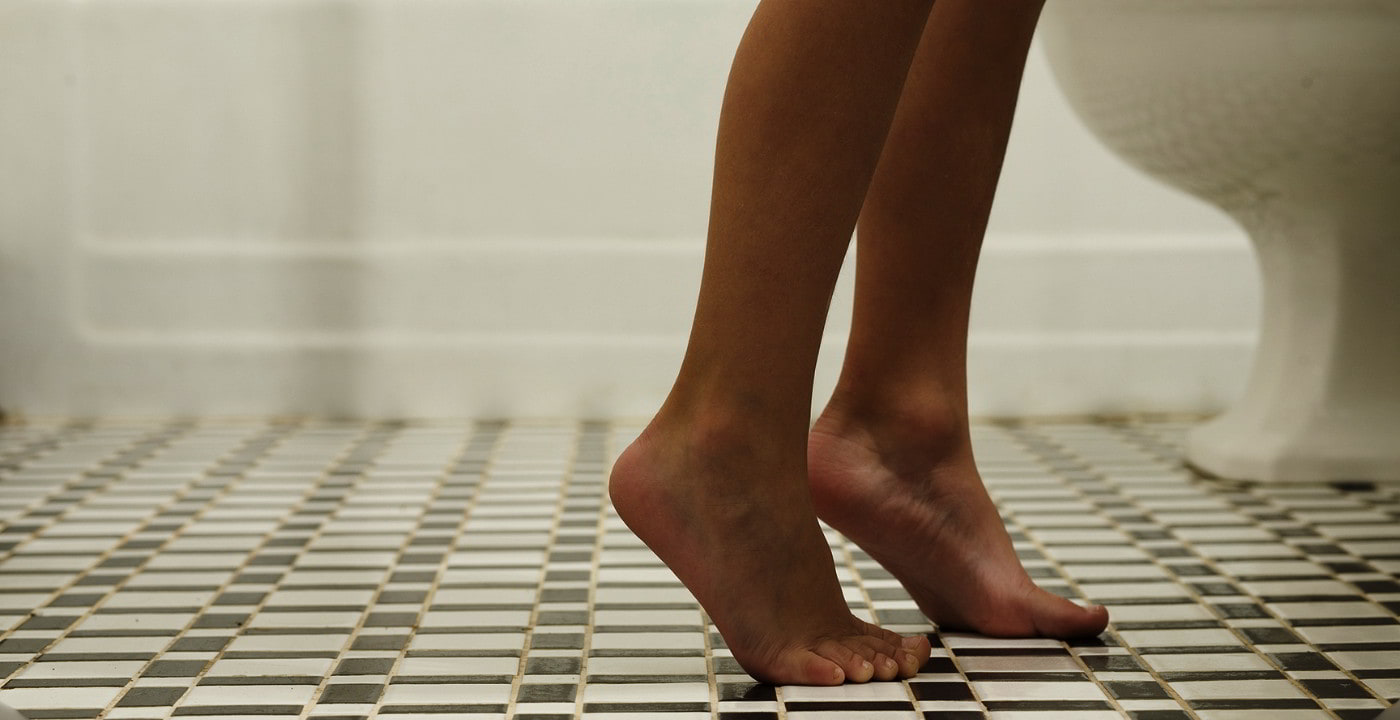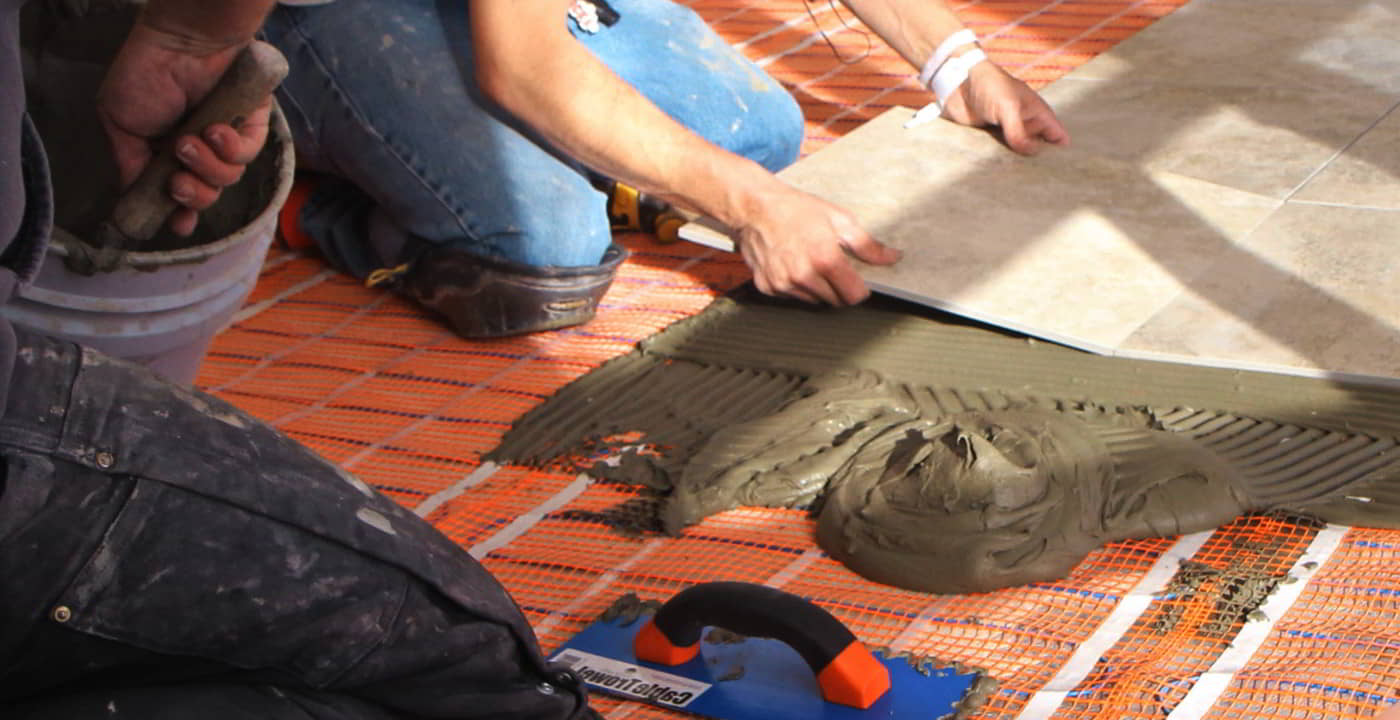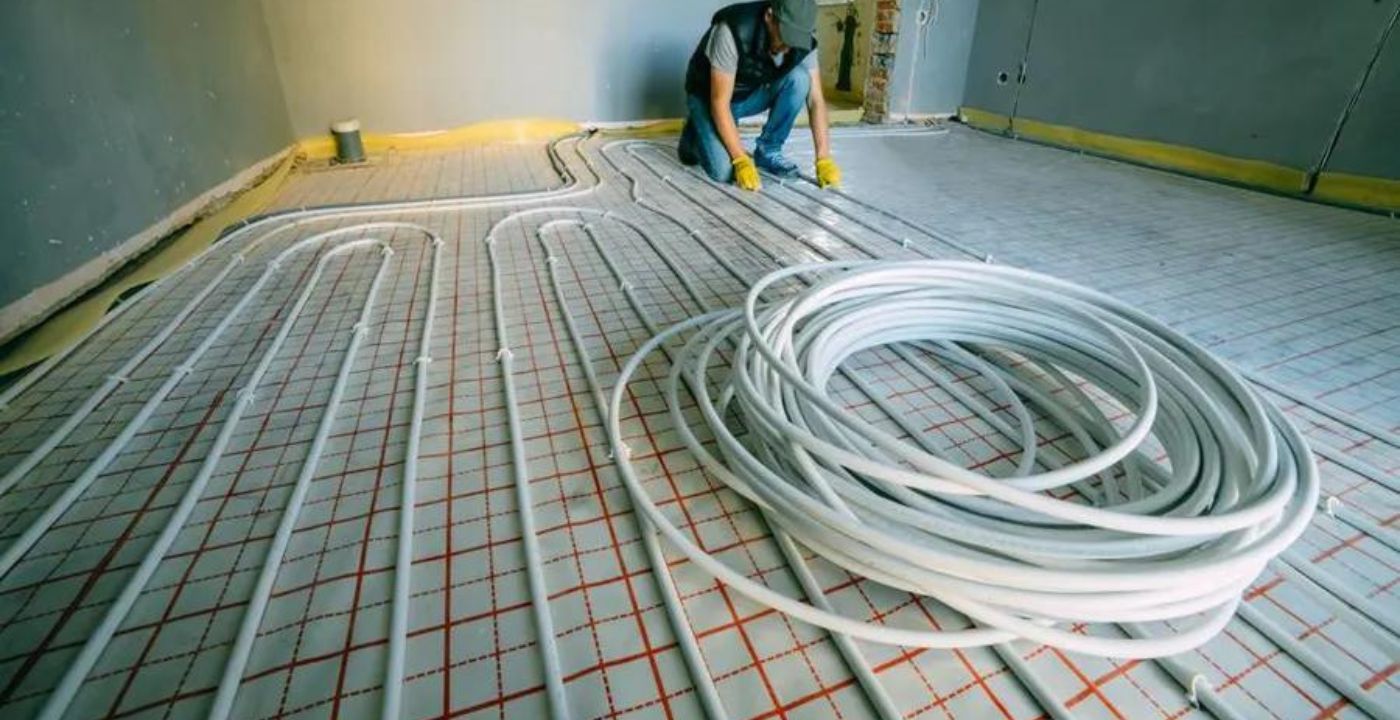Key Notes
- The cost of a heated bathroom floor will typically range from $800 – $1,500 for a small bathroom to $3,000 – $5,000+ for a large bathroom. The average cost of a medium/standard sized bathroom is $1,500 – $3,000.
- Installation involves creating a customized plan, preparing the subfloor, testing the heating element, installing the flooring materials, and setting up a thermostat.
- Installing a heated bathroom floor can also incur additional expenses for requirements such as permits, electrical improvements or upgrades, floor removal and subfloor repair.
- Green Wave Distribution provides customized plans and affordable, sustainable options for heated bathroom floors.
What You Need to Know

Installing a heated bathroom floor requires careful planning and consideration.
It’s essential to choose the right type of heating system, whether electric or hydronic, and to ensure that the subfloor is prepared correctly.
Proper insulation is crucial to enhance efficiency, and it’s recommended to consult with professionals or thoroughly follow installation guidelines to ensure both safety and optimal performance.
Safety precautions, including testing the system before finalizing the installation and integrating a thermostat, are also paramount.
As for costs, your radiant floor heating contractor should provide an itemized estimate that helps you understand the total heated bathroom floor cost in your home.
Here is a helpful guide presenting the average cost of heated bathroom floors depending on a few factors:
| FACTORS | AVERAGE COST RANGE |
|---|---|
| Bathroom Size | Small: $800 – $1,500 |
| Medium: $1,500 – $3,000 | |
| Large: $3,000 – $5,000+ | |
| Flooring Material | Ceramic Tile: $2 – $20 per sq.ft. |
| Wood: $6 – $12 per sq.ft. | |
| Composite: $5 – $15 per sq.ft. | |
| Radiant Heating System | Electric Cable: $8 – $12 per sq.ft. |
| Radiant Heat Mat: $7.9 – $15 per sq.ft. | |
| Radiant Panels: $15 – $25 per sq.ft. |
Here is a more detailed explanation of the different factors that may impact the cost of your heated floor in the bathroom:
The Size Of Your Bathroom
The square footage of your bathroom will play a significant role in the total cost of your bathroom floor heating.
A smaller room will usually cost less to outfit with heated bathroom floors than a larger, more spacious bathroom. However, the price per square foot for a smaller bathroom may actually be higher, so don’t be shocked if that turns out to be the case.
The Flooring Material You Choose
The type of flooring you choose will also impact the total cost of your project. Below is a table which provides the typical costs for the most common flooring materials.
| Flooring Material | Cost per Square Foot | Pros | Cons |
|---|---|---|---|
| Ceramic Tile | $2 – $20 | Durable Long-lasting Available in a wide variety of colors Resistant to water and stains | Can be cold underfoot Grout lines can collect dirt and be difficult to clean |
| Wood | $6 – $12 | Warm, natural aesthetic Can add value to a home. Can be refinished multiple times Suitable for many décor styles | Requires regular maintenance Can warp & become discolored |
| Composite | $5 – $15 | More resistant to water than traditional wood. Available in a variety of designs Easier to maintain than solid wood in a bathroom environment | Not completely immune to water damage Cannot be refinished like solid wood Quality varies by manufacturer |
| Concrete (EPS) | $0.75 to $2.00 | Extremely durable even in a wet environment. Modern aesthetic Resistant to mold and mildew Excellent at storing heat | Hard underfoot Cold feel Potential for slipperiness if not properly finished. |
| Concrete (XPS) | $1.00 to $3.00 | Retains the benefits of EPS but offers better thermal insulation Moisture-resistant, making it great for bathrooms Can be textured or finished to reduce slipperiness | Still hard and potentially cold underfoot If not sealed properly, can be susceptible to staining Might not provide the “warm” aesthetic some people prefer in bathrooms |
You will want to discuss your flooring materials with your contractor to determine what flooring will best suit your budget and your functional and aesthetic requirements.
The Radiant Floor Heating System You Select
Each radiant floor heating system, electric or hydronic, has its own different benefits and attributes. One of the most affordable and valuable radiant floor heating options is the in-floor heating system offered by Green Wave Distribution.
This system uses radiant heating mats with self-regulating carbon polymer heating technology that is both flexible and durable.
Because this system has no mechanics or moving parts, it will not require any maintenance or servicing and, once installed, it will continue to heat your bathroom for many decades (30+ years or more).
Additional Expenses
Permit Fees:
Depending on your local regulations, you may need to obtain permits for installing radiant heating. There could be fees associated with these permits.
Insulation:
Proper insulation is essential for efficient underfloor heating. You might need to buy insulation boards or layers specifically designed for radiant heating to prevent heat loss downwards and direct the warmth upwards.
Floor Leveling:
If the current bathroom floor is uneven, you might need to level it before installing the heating system. This can involve additional materials and labor.
Thermostat and Controls:
Some radiant heating systems might come with basic controls, but if you want a programmable or smart thermostat, it could be an additional expense.
Electrical Work:
If your current electrical system isn’t adequate for the additional load of the radiant heating, you might need to upgrade it. This can involve hiring an electrician, which adds to the cost
Floor Removal and Replacement:
If you’re retrofitting a bathroom, you might need to remove the existing flooring and possibly reinstall or replace it after the heating system is in place.
Subfloor Repairs:
During the inspection or flooring removal, you might discover that the subfloor needs repairs. This can add unexpected costs.
Water Heater or Boiler Upgrade:
If you’re opting for a hydronic system, your existing water heater or boiler might need an upgrade or modification to handle the extra demand.
Installing Heated Floors For Your Bathroom

It’s easier than you think to install heated bathroom floor systems. While the best time to install a heated bathroom floor is when doing a renovation project, it is possible to retrofit the radiant floor heating if necessary.
How the installation process will look:
1. Preparing The Subfloor:
- The installation team will prepare the subfloor. The existing flooring must be removed, and the subfloor must be spotless.
- All debris, including nails and staples, must be removed from the subfloor before the heated bathroom floors can be installed.
2. Testing the Heating Element:
- The heating element will be tested to make sure that it’s in good working order before it’s installed.
3. Professional Installation:
- A qualified team of professionals familiar with the technology will install the bathroom heated flooring.
4. Installing the Floor Sensor:
- A floor sensor will be installed so that you can control your heated floor in the bathroom with your thermostat.
5. Post-Installation Testing:
- The heating element will once again be tested to ensure it is working correctly in the aftermath of the installation.
6. Installing the Floor Materials:
- The floor materials will be installed on top of the radiant floor heating.
7. Thermostat Installation:
- Finally, the thermostat that allows you to control the radiant floor heating will be installed, and you can enjoy your new heated bathroom floors.
Why Heated Bathroom Flooring is a Sustainable Solution

A Better Lived Experience
Once your heated floors in the bathroom have been installed, you can begin enjoying a luxurious lifestyle.
You will feel a sense of relaxation as you touch your toes to the comforting tiles below when you step out of the shower in the early morning hours before you head into the office.
Not only will you feel good physically as you enjoy your heated bathroom floors, but you will also enjoy the peace of mind that comes with knowing you have opted for a sustainable heating solution.
How Radiant Bathroom Floor Heating Works
Your bathroom floor heater relies on electricity to heat the tiles and the room, creating one of the most sustainable heating solutions for your home.
Here is what you need to know about the sustainability of heated bathroom flooring:
Heated Bathroom Floors use Innovative Technology
At Green Wave Distribution, our radiant flooring uses automated carbon polymer heating technology.
it’s the most efficient technology available for heated floors, and since it’s powered by low-voltage electricity, it’s also the safest option for your bathroom.
Heated Bathroom Floors Improve Air Quality
Because they do not rely on traditional heating appliances, such as a furnace, heated floors will improve the air quality in your bathroom.
There is no dust, dirt, or any type of harmful agents being recirculated throughout your bathroom, meaning greater health for your lungs and general well-being.
They Actively Help the Environment
At Green Wave Distribution, all of our radiant floor heating systems are created with recycled materials that are landfill biodegradable.
We also pride ourselves on our zero-waste manufacturing process.
Because of all of this, a heated bathroom floor is a genuine eco-friendly upgrade for your home.
This means you can opt for this luxurious amenity without worrying that you are choosing your comfort over the protection of the world around you.
Choosing the Best Materials for Heated Floors in Your Bathroom
Once your heated floors in the bathroom have been installed, you can begin enjoying a luxurious lifestyle.
You will feel a sense of relaxation as you touch your toes to the comforting tiles below when you step out of the shower in the early morning hours before you head into the office.
Not only will you feel good physically as you enjoy your heated bathroom floors, but you will also enjoy the peace of mind that comes with knowing you have opted for a sustainable heating solution.
Get Advice From Your Contractor
You want to choose a flooring material that will maximize the efficiency of your radiant flooring whilst meeting your aesthetic and usage requirements.
For example, wood flooring is an excellent option because it heats quickly and retains heat for extended periods. However, you may find that tile flooring is the best option for your bathroom because it’s easier to maintain in an area that may get wet.
Consider Waterproofing & Insulation Requirements
Ensure that you also ask your contractor about waterproofing your radiant floor heating system. Depending on the system you choose, you may need to invest in additional features to protect it in an area where it may come into contact with water.
This is particularly important when it comes to insulation because some types of insulation are not suitable for use in bathrooms or wet rooms.
Pick the Right Look and Feel
Finally, select the flooring color and style that best compliments your bathroom’s new look. You don’t have to compromise style — your heated bathroom floor will work with nearly any flooring type.
Take the Next Step Toward a Heated Bathroom Floor
At Green Wave Distribution, we are considered the radiant floor heating experts.
We can create a customized plan for heated bathroom floors in your home and outline your approximate heated tile floor cost.
Our innovative radiant floor heating solutions are designed to be both affordable and sustainable, allowing you to add a touch of luxury to your home without guilt.
Contact Green Wave Distribution today for more information about your bathroom heated flooring options.





